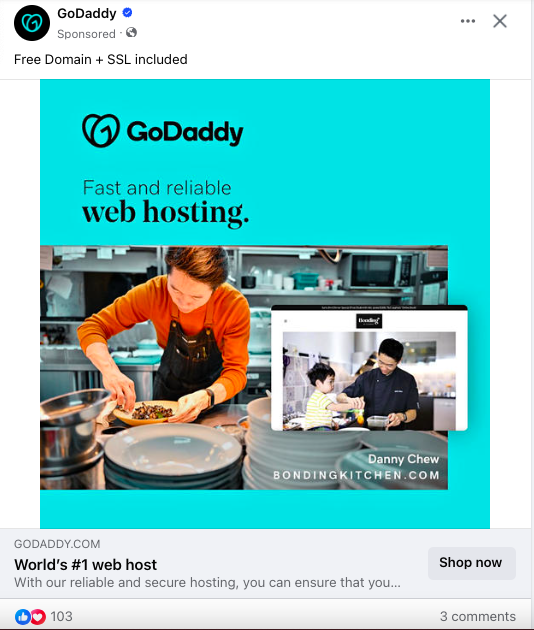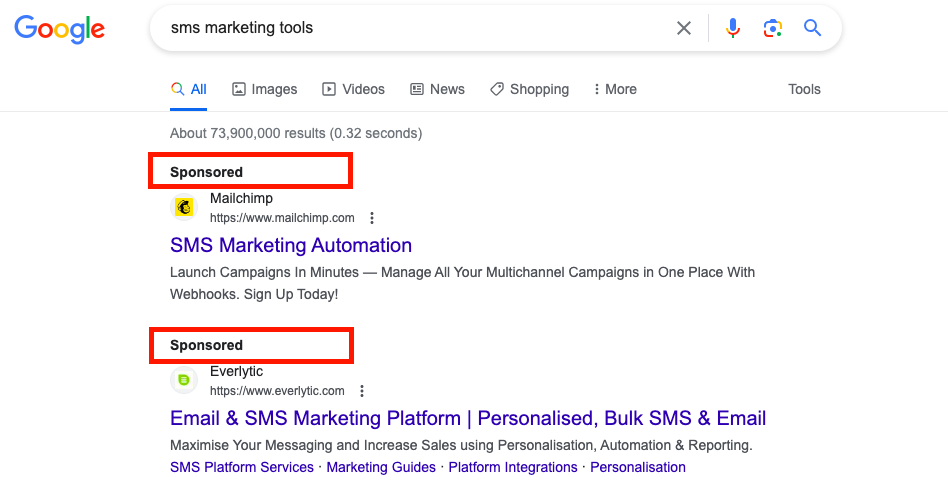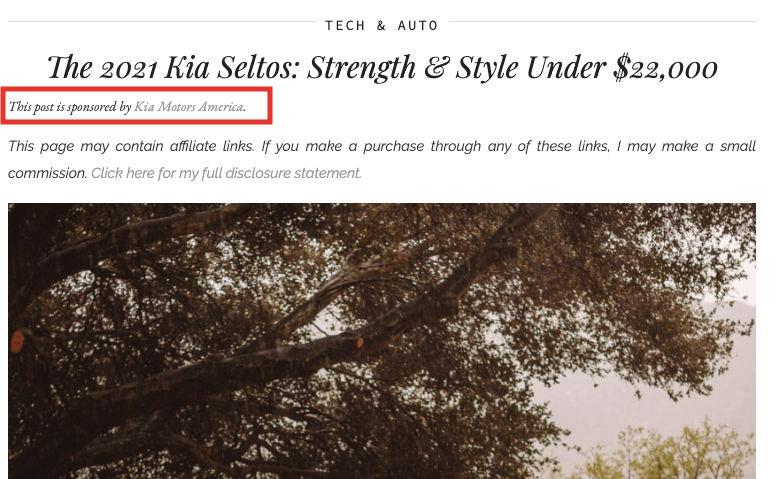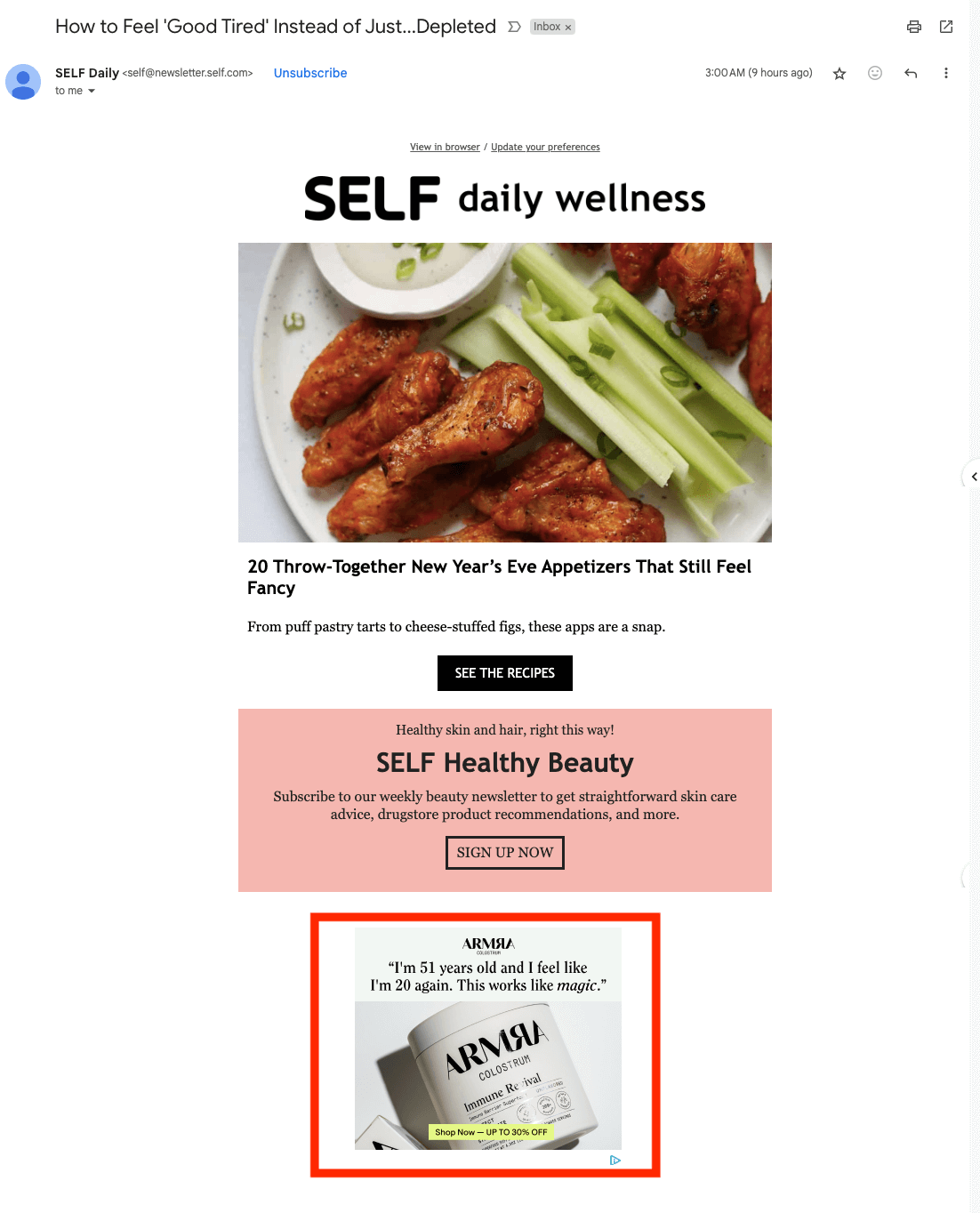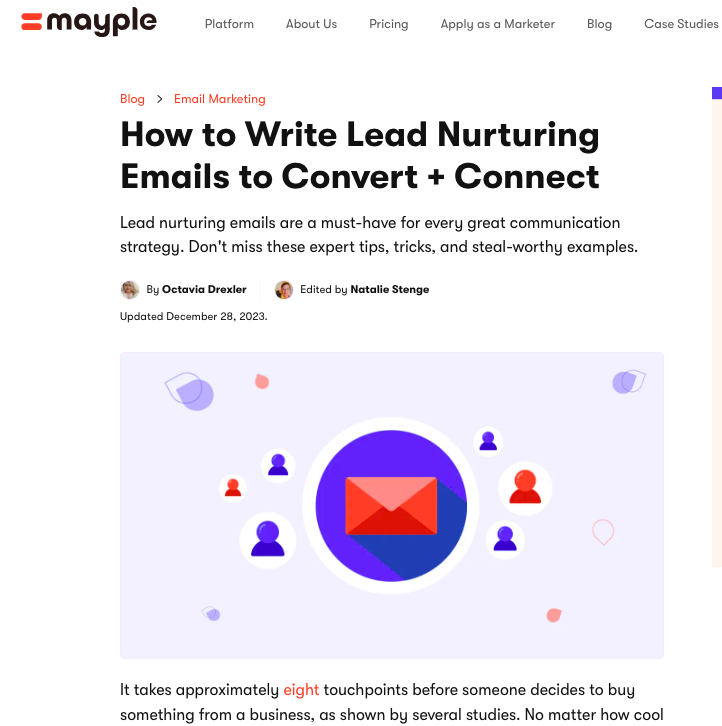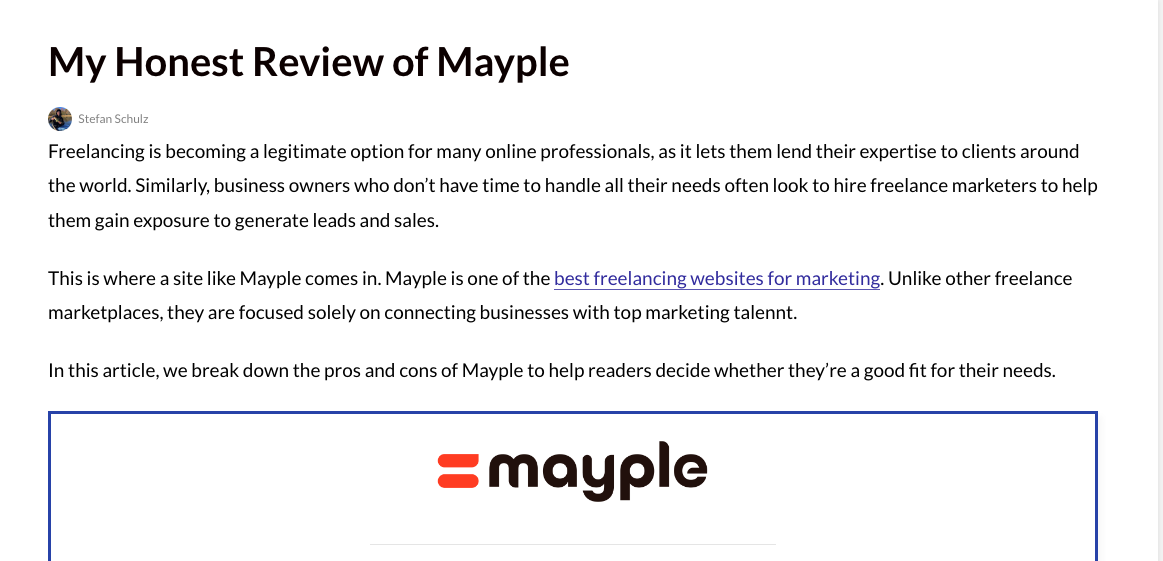Paid Media: Definition, Types, and Tips for Effective Marketing in 2025
Gain valuable insights to enhance your paid marketing strategy and maximize your brand's visibility in 2025.
Updated November 6, 2024.
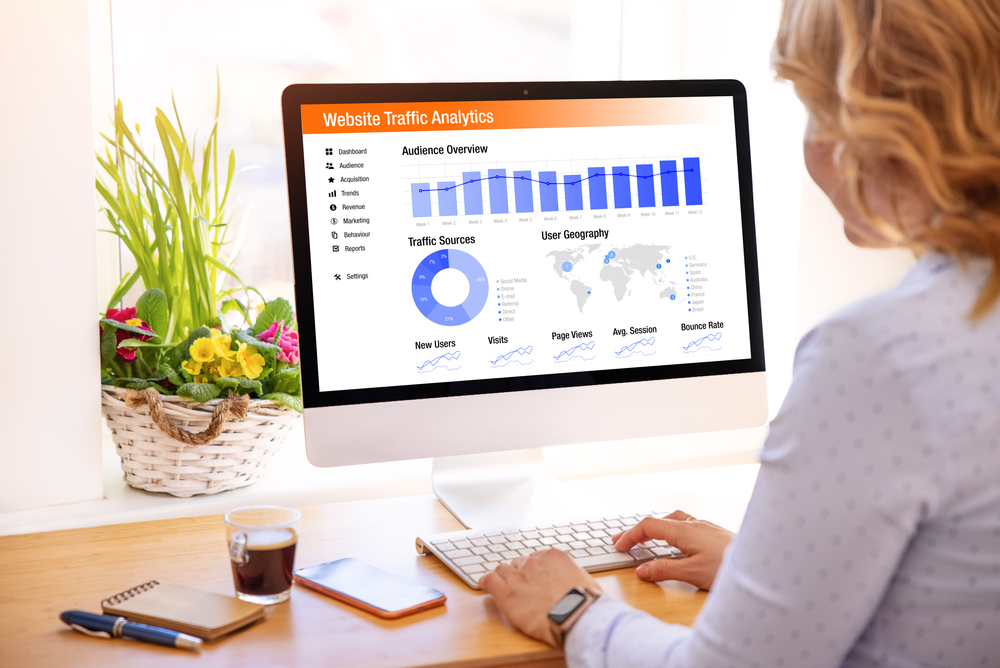
The online landscape is crowded, and relying solely on organic reach can be slow and unreliable. Paid media offers a direct way to bypass organic limitations and reach a wider audience. So you can put your brand and message in front of potential customers who might not otherwise find you.
According to a recent survey, 75% of people report that paid ads simplify their search for information. This means if you're using digital advertising in your marketing strategy, you are likely to reach an audience that values this form of content. This could lead to higher conversions and brand visibility. Let's take a deeper look at the power of paid media.
Meet the expert
Matthew Greenspan, is a Canadian growth marketing expert with 11 years in the field. His expertise spans SEO, website development, and team collaboration, with a strong agency background in paid media including Meta Ads, AdWords, and more. He currently takes the lead on growth at Hey Taylor, a lead gen agency he co-founded for medical professionals.
What is paid media?
Paid media is essentially the practice of paying for views on any platform. It’s a key part of marketing and advertising, allowing you to reach specific audiences beyond what you could organically achieve. This doesn’t always require an explicit performance goal; it could simply be about visibility. It’s about buying your way into someone’s attention.
Common tools and platforms used for paid media advertising are Google Ads (including YouTube and Google Search) and Meta (Facebook and Instagram). Google Search ads appear at the top of search results. Facebook ads may appear as sponsored posts.
Social media advertising includes platforms like Pinterest and TikTok.
What is programmatic advertising?
Programmatic advertising is an integral part of paid media strategies and tactics—this key component helps businesses efficiently and effectively place their ads in front of the right people.
Programmatic advertising strategically positions promotions based on past data and targeting techniques, ensuring they reach the most interested audience. With this, you pay for views across various inventory outside of Google, with players like Criteo and Taboola.
Many platforms restrict views unless you pay, produce exceptional content, or use a robust back-linking strategy.
Types of paid media
There are different types of paid media, each with its own advantages, disadvantages, and audience categories. Here are the essentials to know about this:
Social media ads
Sponsored posts on platforms like Facebook can earn you a reach of up to 2.08 billion people. There are other types of social media ads too, like image or video ads, carousel ads with multiple images or videos, and story ads. The aim of these ads is to get people interested, make your brand known, and, in the end, increase sales.
Search engine ads
Search engine ads are a type of paid advertising where your ads appear above the organic search results when someone searches for keywords related to your business. You pay each time someone clicks on your ad. This is often called pay-per-click (PPC) advertising.
Display adverts
Display ads are visual ads that appear on websites, apps, and social media. They can be banners, images, or videos. You work with a display ad network, specify who you want to target, and they show your ads to those users. When a user clicks on your ad, they’re directed to your website.
Content marketing
Paid content marketing is when you pay to promote and distribute content through various channels to reach a wider audience and achieve specific marketing goals. This could involve sponsored content like articles, podcasts, or videos created by influencers or other websites. The aim is to boost visibility and engagement with your brand.
Email marketing
Paid email marketing is when you pay to send promotional emails to a list of subscribers. These emails can advertise products, share news, or offer discounts. The goal is to engage the subscribers, encourage them to take action, and ultimately convert them into customers.
Paid media vs owned media vs earned media
Each type of media plays a distinct role in a comprehensive marketing strategy, with paid media providing immediate visibility, owned media offering brand control, and earned media reflecting audience engagement and advocacy.
Paid Media
Refers to promotional content that a company pays for, such as display ads, sponsored social media posts, and paid search results. It involves direct payment for exposure and visibility.
Owned media
Owned media is what you control—your Instagram, social accounts, YouTube, and website. It allows the company or business owners to share its messaging and engage with its audience without direct payment for exposure.
With owned media, you have the freedom to post without constraints, though specific rules apply. For instance, in the supplement space, advertising on Google involves restrictions, but you can communicate more freely on owned channels.
For example, Mayple's owned media includes our educational blog.
Earned media
Earned media is akin to PR; it’s when others talk about you. It’s challenging to earn nowadays, but it can be achieved through paid influencers or by creating a compelling story that others share.
Paid and earned strategies can sometimes overlap. True earned media is when people talk about you without money changing hands, contributing to your online presence and credibility. For example, one freelancer wrote a review of Mayple's services, contributing to our earned media.
TikTok shopping exemplifies earned media, where users promote products, creating a buzz and pointing back to the brand. As promotion and buzz are generated by users and not directly paid for by the brand, this contributes to organic and authentic promotion, making it a great example of earned media within the social media landscape.
The role of link building in earned media
Link building is a form of earned media that helps businesses earn recognition and validation from external sources, which contributes to increased visibility, authority, and organic traffic.
When a website earns backlinks from other websites naturally, it is often the result of high-quality content, positive user experiences, and valuable information. These backlinks act as endorsements from other websites, indicating that the content is credible and useful.
Taking a holistic approach ensures that your marketing efforts are cohesive, consistent, and complementary—never focus solely on one aspect: paid, earned, or owned. Good marketing means a blend of the best available tactics for success.
» Looking to expand your reach? Here's how to use PPC with your inbound marketing strategy
Paid advertising challenges
- Changes in platform dynamics: The dynamics of platforms like Facebook have changed over time. For instance, a few years ago, it was easier to achieve a good Return on Ad Spend (ROAS) on Facebook due to less competition and effective customer targeting through the Facebook Pixel. However, changes such as iOS privacy updates have made it more challenging.
- Challenges in tracking: Tracking has become more difficult with changes in privacy policies and technical issues. For instance, GA4 for Google is still volatile, and sometimes tracking isn’t working properly, leading to inflated costs.
- Rising costs: The cost of paid media has surged, especially on platforms like Google and Bing. A click on Google could now cost anywhere from $15 to $100, depending on the nature of the offer.
4 tips for your paid media strategy in 2025
- In the social ad space, competition is based on the quality and virality of creative content. Improving an ad’s design and messaging can significantly reduce costs, as platforms favor engaging content that keeps users on for longer. So, strategic refinement of ads can lead to more cost-effective results.
- Emerging platforms like TikTok are offering fresh opportunities for advertisers. The shorts platform reports that 82 %of TikTok users say they have discovered an SMB on TikTok before seeing them elsewhere. These platforms are generally cheaper in terms of Cost Per Mille (CPM), but it’s still challenging to get a result due to the need for platform-specific content and strategies.
- Tailoring your media to each platform is crucial. Each platform has its own unique dynamics and audience, and understanding these can help achieve better results.
- Creating specific pages for each channel and persona can lead to better engagement and results.
Reach the right people with a smart paid strategy
Getting your paid media strategy right can be complex, especially with new platforms and audiences adding to the marketing mix. To succeed, you need to understand your customers well and test your strategy over time.
Find an expert in paid advertising and PPC who can help you reach your audience, or reach out to a specialized PPC agency. Mayple can help you find the right expert for your needs as you expand your digital footprint.

